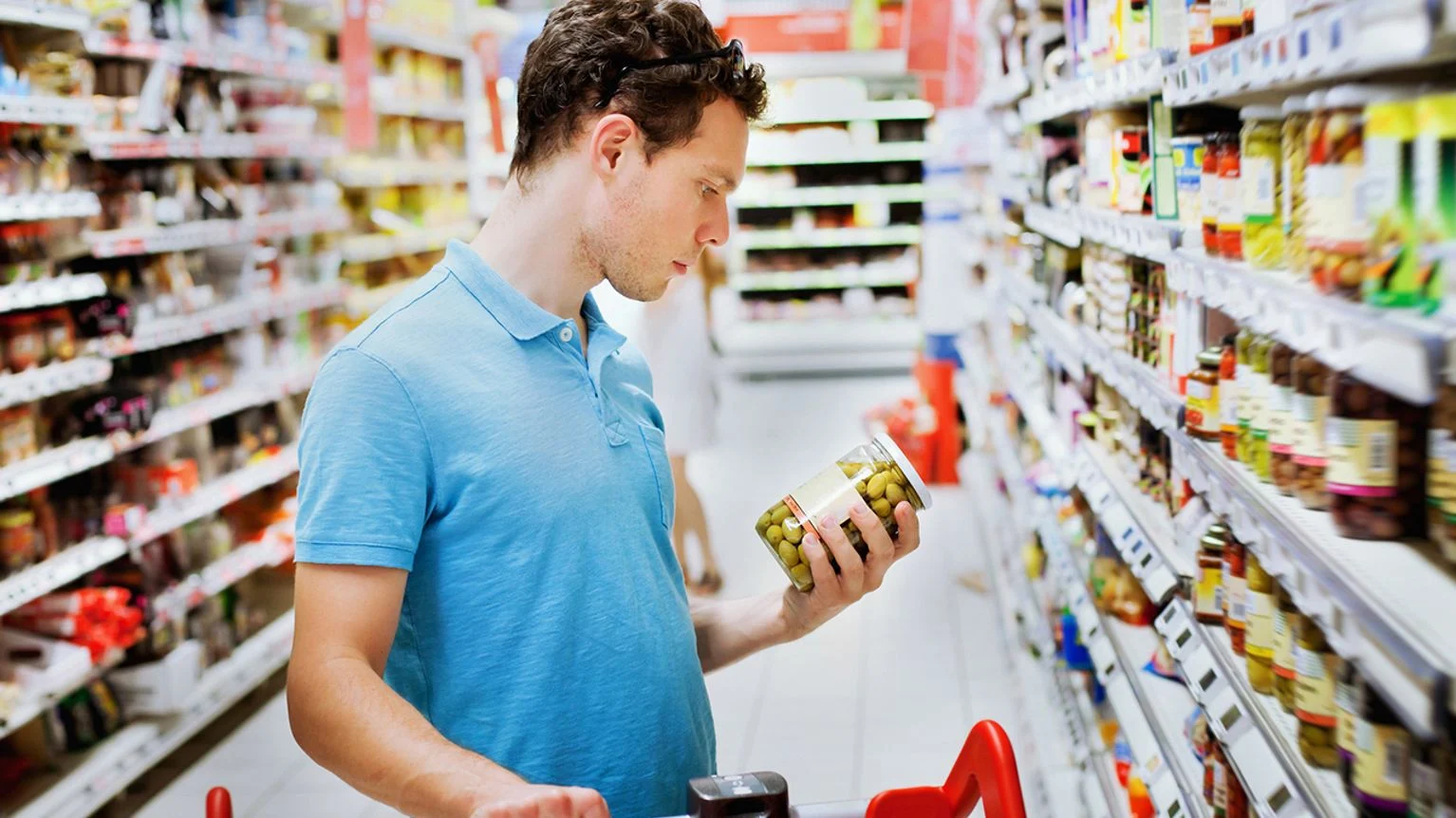
The front of the package sells—but the back tells the truth
Labels are designed to attract. “Low fat.” “High protein.” “No added sugar.” These claims grab your attention—but they don’t tell the full story. The real information is always on the back, hidden in the fine print.
Learning to read that small box changes how you shop. It shows you what’s actually in your food. Not what marketers want you to believe—but what your body needs to know.
The ingredient list and nutrition facts panel are where clarity begins.
Start with the serving size—it changes everything
The first thing to check is the serving size. Everything on the label is based on this. Sometimes it’s shockingly small—five crackers. A third of a cup. Just half the bottle.
If you eat double the serving, you eat double the calories. Double the sugar. Double the sodium. Understanding the portion gives context. Without it, the rest of the label can mislead you.
Always check: how much are you really eating?
Check total calories—but know what they mean
Calories are energy. They’re not good or bad. But they add up quickly—especially in packaged foods.
Look at the calorie count in context of your day, your hunger, and your needs. A snack with 150 calories can be nourishing. A bar with 400 might be a meal.
It’s not about low calories. It’s about smart calories—ones that come with fiber, protein, and nutrients.
Watch out for added sugars—they hide in plain sight
Sugar has many names. Corn syrup. Cane juice. Maltodextrin. Honey. Evaporated cane crystals. These are all added sugars—and they add up fast.
The label now lists “added sugars” separately. That number is important. It tells you how much sweetness was added beyond what’s naturally in the food.
A product can have fruit and still be packed with syrups. Always check both the ingredient list and the sugar content line.
Don’t fear fat—but know the type
Fat isn’t your enemy. It’s essential. But not all fats support health. Labels show total fat—and underneath that, saturated fat and trans fat.
Saturated fat should be limited for heart health. Trans fat should be avoided entirely. But unsaturated fats—like those in nuts, seeds, avocados, and olive oil—are helpful.
Look for real sources of fat—not hydrogenated oils or processed fillers.
Fiber tells you if it’s really whole grain
Many products say “whole grain” on the front—but that doesn’t always mean much. The best clue is fiber. At least 3 grams per serving is a good start. Less than that, and it’s likely refined.
Check the ingredient list too. The first word should be “whole.” If it says “enriched,” “bleached,” or “wheat flour,” it’s not whole grain.
Fiber keeps you full. Helps digestion. Balances blood sugar. More matters.
Ingredients are listed in order of quantity
The first ingredient is what the food contains most of. The last, least. That means if sugar is second—or third—it’s a main player.
The fewer ingredients, the better. Especially if you recognize them. Real food sounds like food. Chemicals, colors, and additives signal high processing.
Don’t be afraid of long words. But do question why they’re there.
Sodium sneaks in where you least expect it
Even “healthy” foods can be loaded with salt. Canned soups. Dressings. Protein bars. Bread.
Adults should aim for no more than 2,300 mg of sodium daily. Many meals blow past that in one sitting. Always check the sodium line—and compare brands. Sometimes the difference is dramatic.
Salt adds flavor—but also risk. Especially over time.
Daily value percentages give you perspective
The % Daily Value (%DV) shows how much a nutrient contributes to your total daily need—based on a 2,000 calorie diet.
If something has 20% or more of a nutrient, that’s considered high. Under 5% is low. Use these to spot if something is really “high in fiber” or just pretending.
It’s not perfect—but it helps frame your choices.
Don’t rely on color, design, or buzzwords
Bright packaging. Green fonts. Words like “natural,” “fit,” or “clean.” These aren’t regulated. They’re marketing tools.
Always flip the package. Read the panel. Look at the numbers. That’s where the real story is.
Being label-literate means you shop slower—but smarter. You spend less time being tricked—and more time choosing food that fits you.
Source: Dietitian in Dubai / Dietitian in Abu Dhabi
